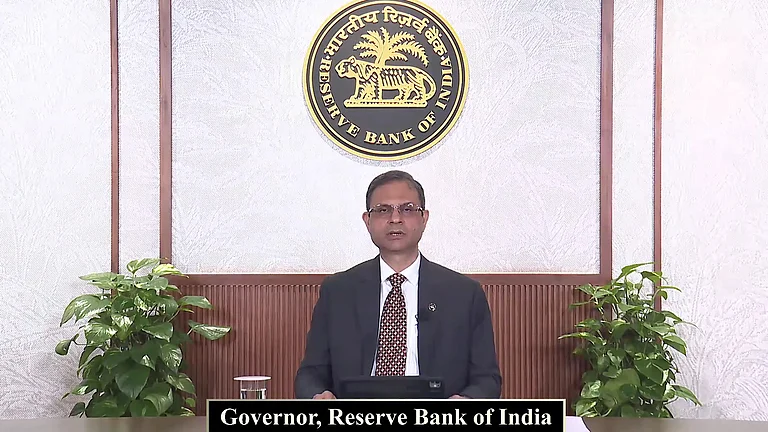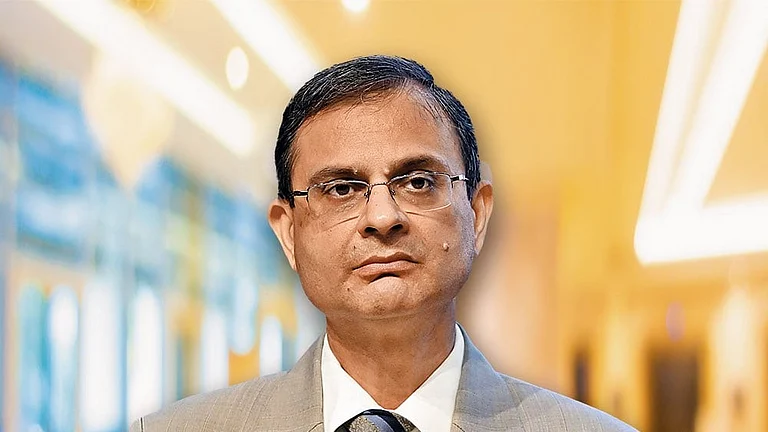
RBI maintains repo rate at 5.5%, continuing a neutral stance amid global uncertainty
Developers see this as a boost for buyer confidence and long-term project planning
Despite rate stability, input cost volatility pushes developers to rethink strategies, focus on tier 2 cities, and adopt cost-saving technologies
The Reserve Bank of India’s Monetary Policy Committee (MPC) has kept repo rate steady at 5.5%, continuing with a “neutral” stance amid global uncertainties. While this decision may seem unremarkable on the surface, realty experts stated that the move will stabilise home buyers’ confidence and developer planning.
However, the input costs like cement, steel, and labour remain volatile and continue to impact project economics, according to Aman Sharma, managing director and founder of Aarize Group. He believes that this consistency offers the right environment for long-term planning and investment, encouraging sustained growth across residential and commercial developments.
It also aligns with the broader economic recovery and infrastructure-led development goals. Santosh Agarwal, CFO & Executive Director, Alpha Corp Development said stable borrowing costs will improve homebuyer affordability by keeping EMIs under control and allow developers to optimise capital for large-scale and ongoing projects.
“It is expected to accelerate purchase decisions in price-sensitive segments, enhance liquidity, and strengthen market sentiment”.
To be specific, the announcement is expected to improve traction in both residential and plotted segments – especially in tier 1 and emerging tier 2 cities, said Manish Jaiswal, CEO of Eldeco Group. This reflects that developers are shifting focus, moving beyond metros to tap high-potential micro-markets, where affordability, land availability, and policy support offer a stronger runway for growth.
Developers Shift Focus
Despite stable repo rates offering some respite, the volatility in input costs continues to challenge the real estate industry. To keep housing affordable for buyers, developers are adopting a multi-pronged approach. Agarwal stated that they are opting for bulk procurement and long-term contracts with suppliers, which help hedge against price fluctuations.
In addition, many developers are also exploring value engineering and alternative construction technologies—like precast and modular methods—to optimise efficiency and reduce waste. They are turning towards emerging micro-markets and tier 2 cities where land and labour costs are lower, allowing price advantages to be passed on to buyers.
“Collaboration with government agencies for timely project approvals and participation in incentive-driven schemes also help reduces overheads. Some are offering staggered payment plans or 'no pre-EMI' schemes to ease upfront financial pressure on homebuyers. While raw material costs continue to fluctuate, developers are actively recalibrating operations to preserve margins without compromising buyer affordability,” he added.
On an average, residential property prices in India’s top seven cities have jumped by 39% in the past two years, rising from ₹6,470 per sq. ft. in Q2 2023 to ₹8,990 per sq. ft. in Q2 2025, according to ANAROCK data.
Going forward, Sharma said developers will focus on faster project launches, a sharper focus on execution, and a stronger push toward mid-income and demand-driven housing in key micro-markets. However, luxury and super luxury housing segments will not be affected by these issues. Hence, there will always be increased launches and uptake for luxury category real estate.
Since the MPC has reduced the repo rate by 50 basis points to 5.5% in the previous policy meeting held in June, Vimal Nadar, national director and head of research at Colliers India said that previous rate cuts are expected to be fully passed on to the end users in upcoming quarters. Homebuyers are likely to get benefit from reduced financing costs.

































